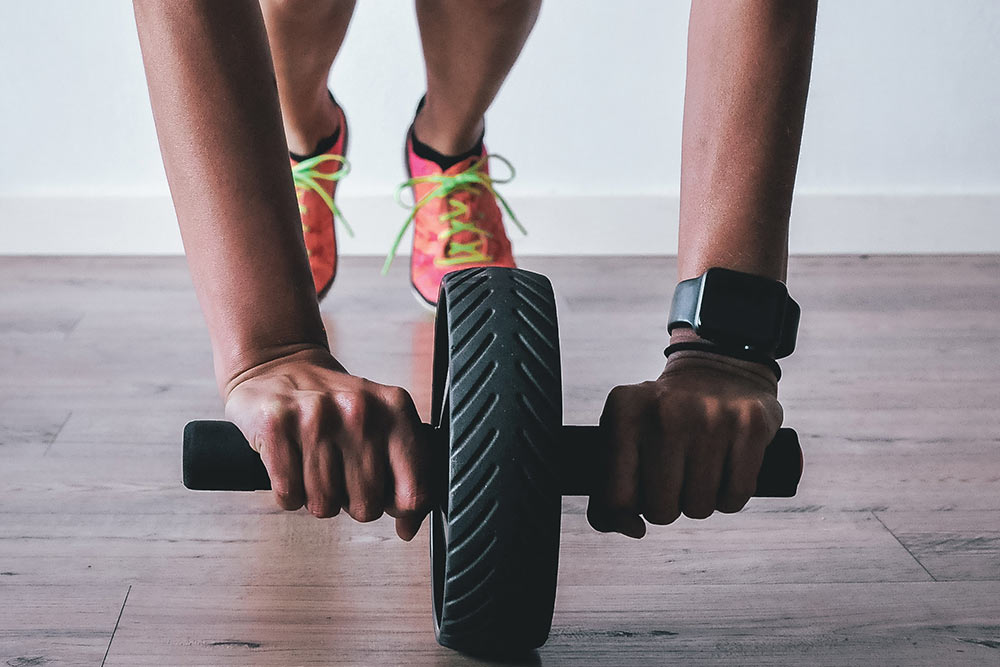7 Spring Fitness Tips For Outdoor Interval Training

Alyssa Bialowas
Spring is an exciting time to re-motivate and align your health and fitness goals as you can finally get outside and put a halt to your indoor gym routine that was starting to lead you down a path of demotivation. Here are some tips for spring training and avoiding injury as the weather starts to warm up!
1. Create a spring fitness schedule and keep records
Set a very realistic fitness calendar to attain your spring fitness goal. If your goal is to increase your strength, gain muscle and lose fat by the end of spring, create an interval training schedule with gentle impact and gradually increase your training. Start with HIIT (High Intensity Interval training) twice a week at 25 minutes, and weight train twice a week. As you start to gain strength and stamina, increase your training regimen to HIIT three times a week at 35 minutes, and increase your weight training loads.
2. Monitor your fatigue and exertion
At the start of spring training, make sure your interval workouts are spaced apart to balance the wear and tear on your body. With nicer weather, athletes tend to overdo it on the weekend training in the sun, but this is an effective way to get injured. While training outside for the first time in months, use the perceived exertion scale, the heart rate range, and the talk test to help you determine appropriate intensity levels.
3. Cross train
One of the best ways to prevent injury as you start to increase your training is to vary your workouts! Again, with the goal of increasing muscle mass and to lose fat, participating in a variety of activities can help improve your physical performance. Switching up your routine to include running, biking, HIIT, hiking, and various gym classes will reduce stress on one specific muscle group.
Related Article: 4 Alternative Activities That Mimic HIIT
4. Train at your fitness level with friends
Finding friends and acquaintances at your fitness level is key to staying motivated and progress at a reasonable pace. It seems motivating to train with those at a higher fitness level than you, and it can be, however sometimes this can be demotivating as you’re not at their level, and can lead to injury if you push yourself.
5. Gear and equipment
Elite running gurus recommend buying a new pair of running shoes at least once every year. I like to use spring as my re-set button to purchase new kicks, as the wear and tear from treadmills and indoor gym equipment has deteriorated my running soles.
6. Stretch appropriately
Switching from indoor training to predominantly outdoor training can have a surprising impact on your body. Start with 10 minutes of light cardio to increase your heartrate, and use dynamic stretching exercises before an intense workout, such as lunges, deadlifts, and straight-leg lateral swings. After interval training, use static stretching to prevent muscle soreness.
Related Article: Effects of Outdoor Exercise
7. Hydrate, hydrate, and hydrate some more
Staying adequately hydrated in the spring and summer seasons is crucial to prevent muscle cramping and fatigue while training and competing. Interval training in the sun induces intense sweating, increasing the amount of fluids you need to replace.
You Might Like:













